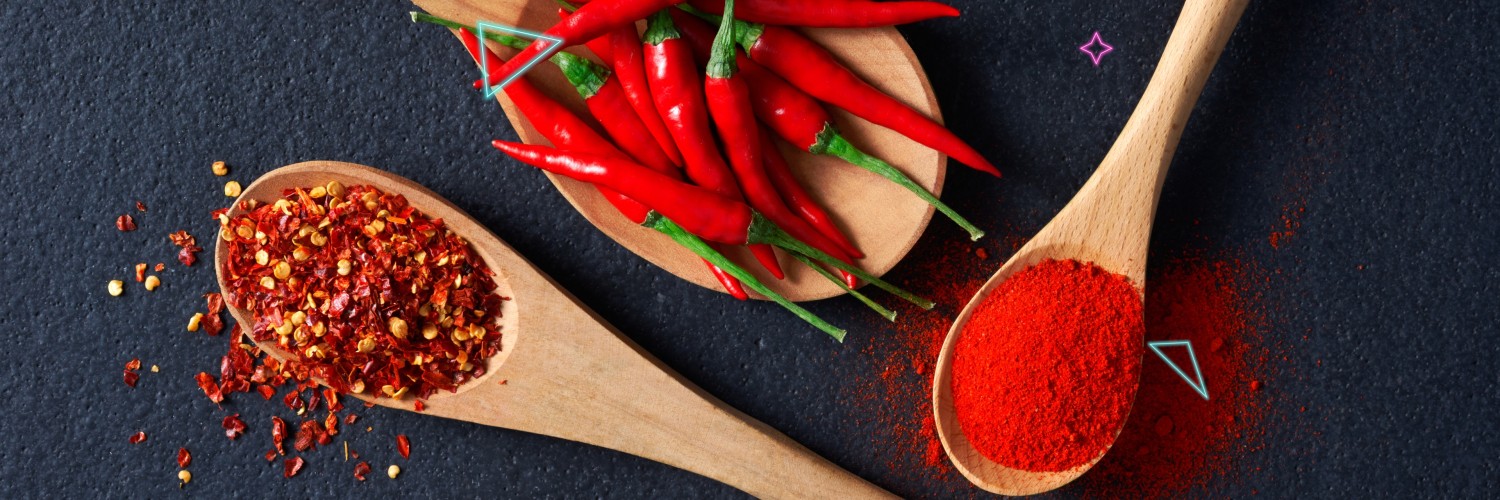Ancient Beginnings
Spices have been prized since antiquity for their ability to enhance food, preserve perishables, and even serve as medicines and perfumes. Early records show that ancient Egyptians used spices like cumin and coriander for embalming and cooking. In India and China, spices such as turmeric, ginger, and cinnamon were integral to both cuisine and traditional medicine.
The Spice Trade Routes
The quest for exotic spices drove the establishment of vast trade networks. The Silk Road, which connected the East to the West, and the Maritime Spice Route, which linked the Spice Islands (modern-day Indonesia) with traders from Europe, the Middle East, and Africa, were instrumental in the dissemination of spices. These routes facilitated not only the exchange of goods but also the mingling of cultures and culinary practices.
The Age of Exploration
The search for spices was a significant motivator for European exploration during the 15th and 16th centuries. The desire to bypass middlemen and establish direct trade links led explorers like Vasco da Gama and Christopher Columbus to embark on perilous voyages. The discovery of the New World introduced Europe to spices such as vanilla and allspice, forever altering European cuisine.
Colonialism and Spice Monopolies
The lucrative spice trade prompted European powers to establish colonies in spice-rich regions. The Portuguese, Dutch, and British fought fiercely for control of spice-producing territories. The Dutch East India Company, for instance, held a monopoly on nutmeg and clove production, manipulating global prices and trade. This era saw the integration of spices into European culinary traditions, leading to the creation of iconic dishes and spice blends.
Modern Global Cuisine
Today, spices are ubiquitous in kitchens worldwide, a testament to their enduring appeal and the legacy of historical trade routes. The globalization of food has led to the fusion of culinary traditions, with spices playing a key role in the creation of new and exciting flavors. From the fiery heat of Mexican chili peppers to the aromatic complexity of Indian curries, spices continue to enrich our gastronomic experiences.
The Cultural Impact
Spices have not only influenced cuisine but also cultural practices, rituals, and economies. They have been used in religious ceremonies, as symbols of wealth and status, and even as currency. The cultural significance of spices is reflected in festivals, traditional recipes, and the enduring allure of spice markets around the world.
Conclusion
The history of spices is a rich tapestry of human ingenuity, ambition, and culinary creativity. As we savor the diverse flavors in our meals today, we are partaking in a global heritage that spans millennia. Understanding the historical journey of spices enriches our appreciation of their role in shaping the world’s cuisines and reminds us of the interconnectedness of our culinary tradition.





